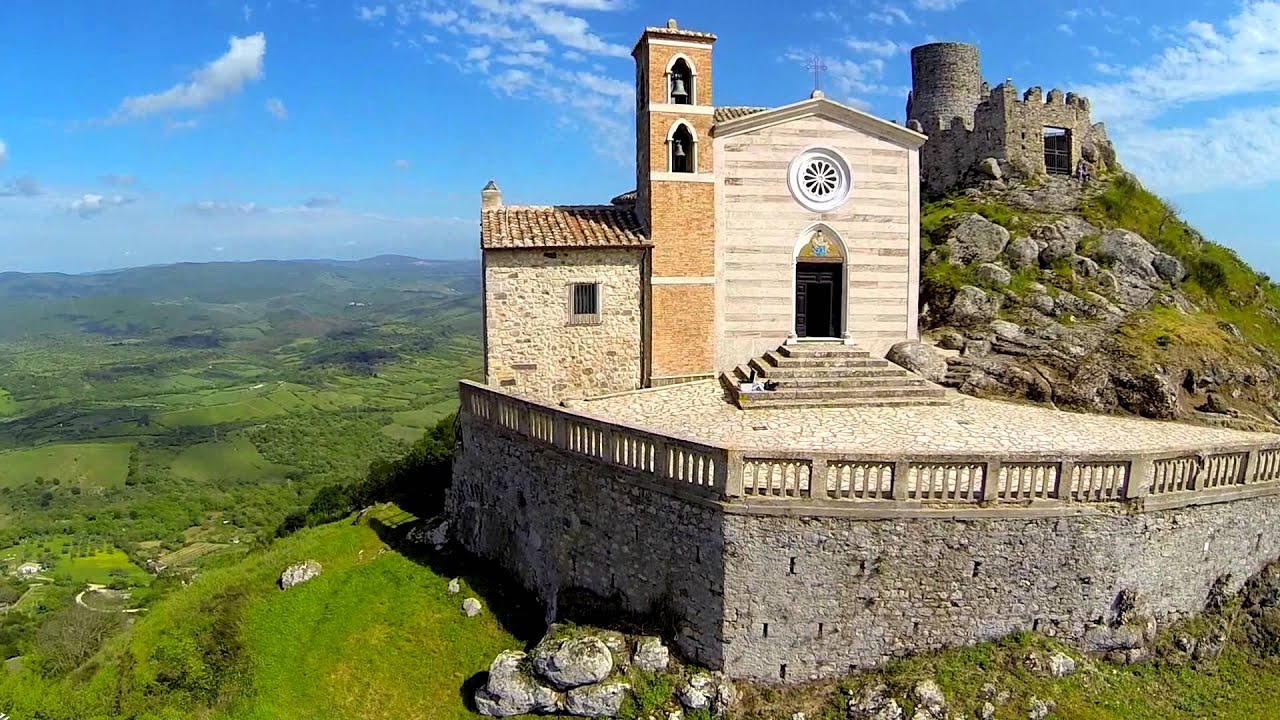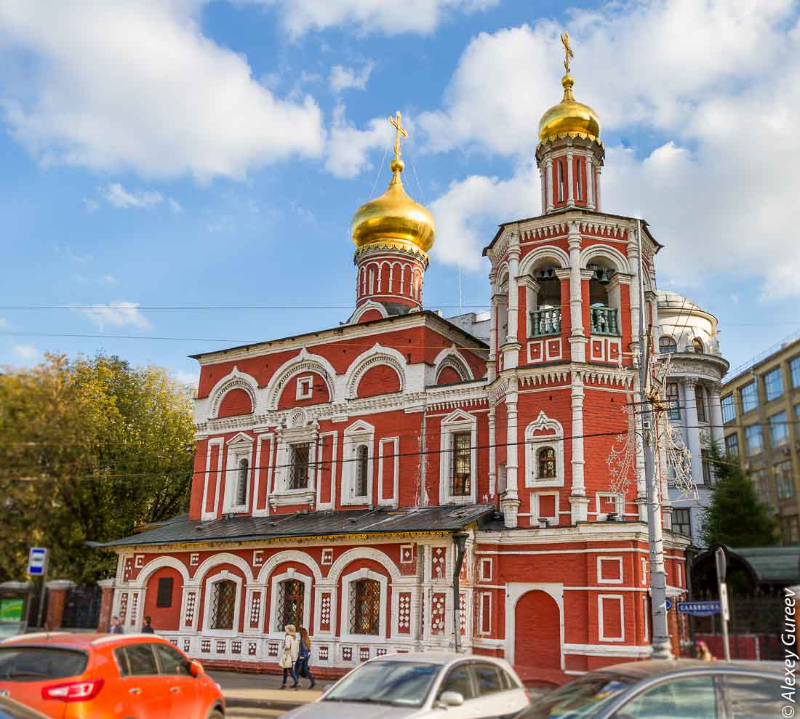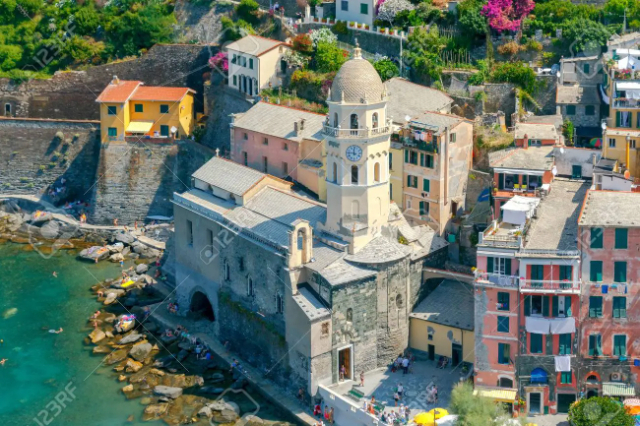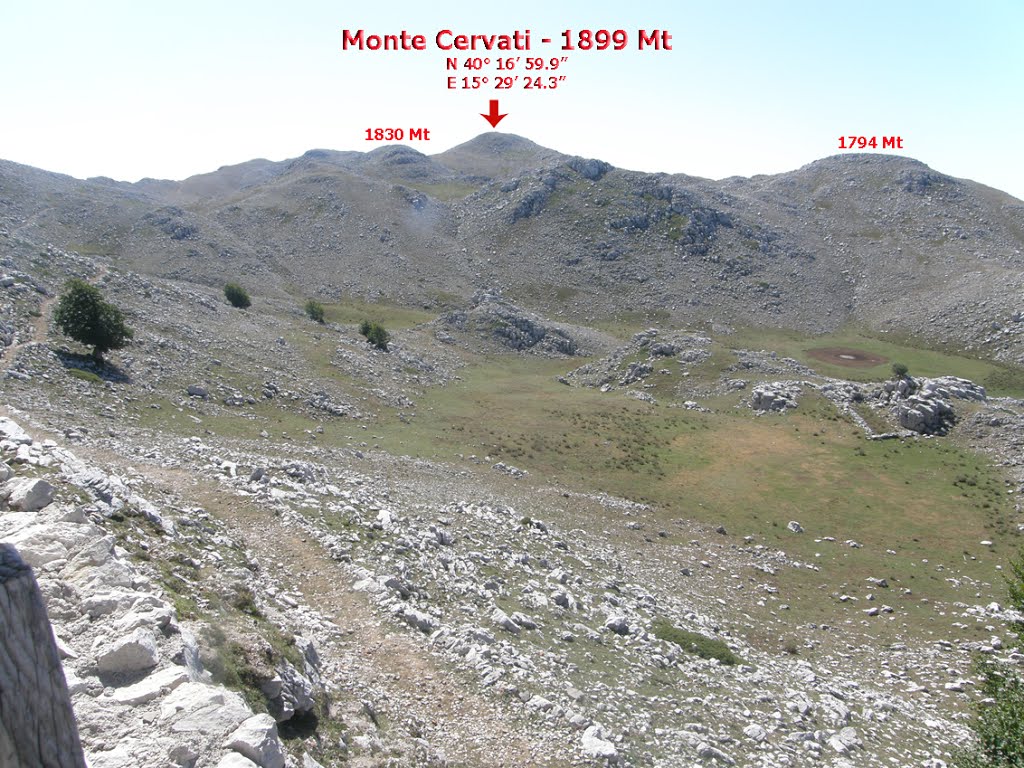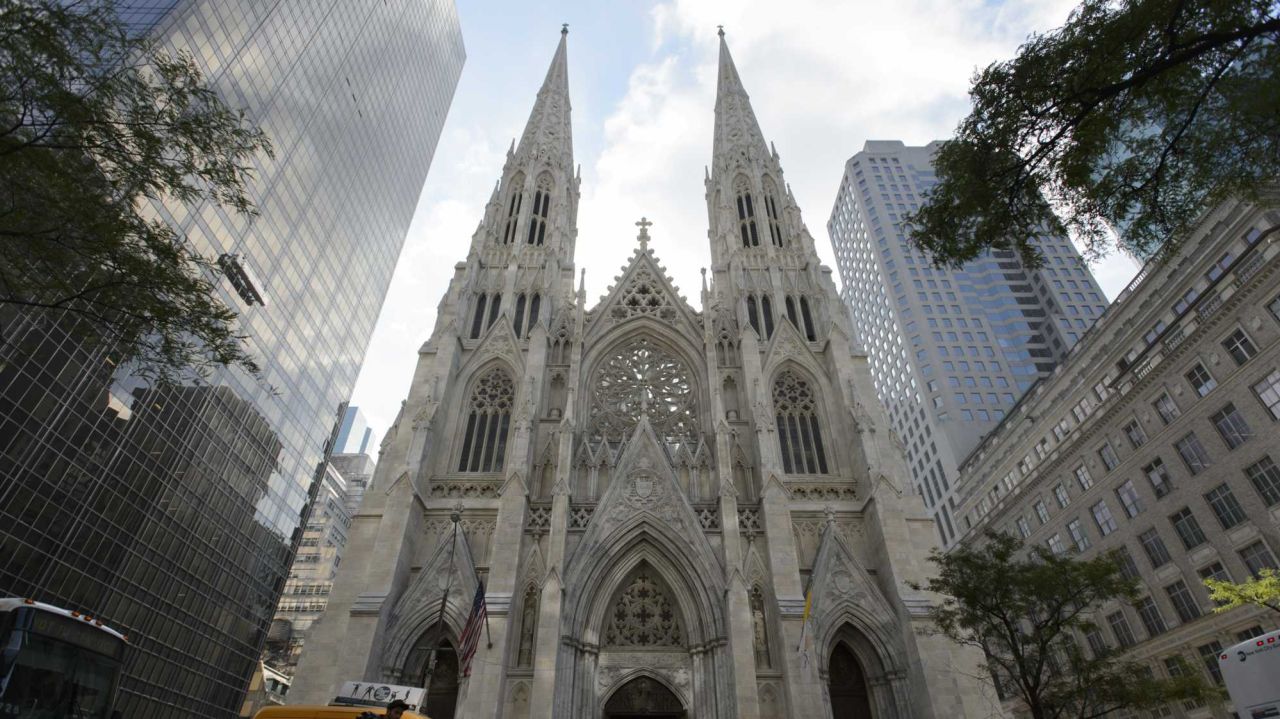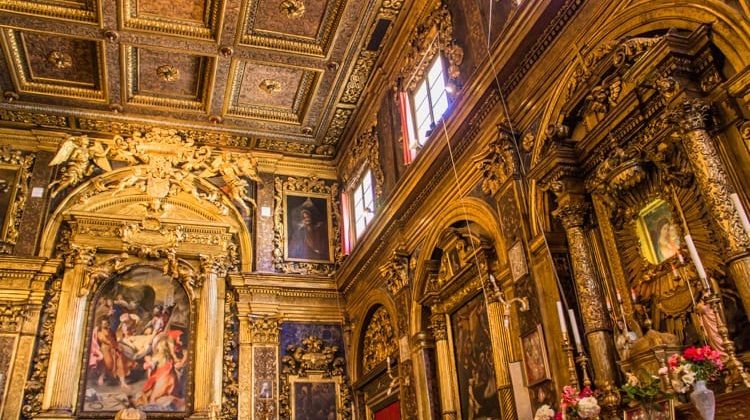The church of San Pietro ad Oratorium rises in the pleasant Tirino valley, a few steps from the river, surrounded by thick wooded vegetation at the foot of the low south-eastern foothills of the Gran Sasso group. It is about 6 km from the town of Capestrano, a town made famous by the casual discovery in 1934, on agricultural land, of the Capestrano Warrior, a famous statue dating from the sixth century BC and exhibited in Chieti in the National Archaeological Museum of Abruzzo – Villa Frigerj.
Most probably a church already existed in the first half of the 8th century A.D., but it is to the Lombard king Desiderio (756-774) that we owe the total reorganization and the foundation of an abbey, in a strategic place to control the valley floor and the roads, placed between the possessions of San Vincenzo al Volturno, the rich and powerful abbey of Isernia.
In the year 1117, Pope Paschal II consecrated the church, completely restored and renovated, and declared the independence of the abbey from the authority of the bishop (abbatia nullius diocesis), a condition that would be maintained until 1808.
Outside the church highlights the forms of its 12th century renovation, while the abbey, destroyed by the numerous floods of the river Tirino, today there are no visible remains.
On the lintel of the entrance portal of the church there is an inscription, recalling the foundation by Desiderio and the renovations of 1100. Looking at the façade in square blocks of limestone, the most curious visitor will not miss the presence of an inscribed ashlar, put upside down, bearing five words: ROTAS OPERA TENET AREPO SATOR. These words can be read indiscriminately from left to right and vice versa, but also from top to bottom and from bottom to top. This inscription is commonly called "magic square" and is also present in other places in Europe, however its symbolic meaning remains obscure and, therefore, various interpretations and translations have been proposed.
Inside the church, divided into three naves and three apses, there is a thirteenth-century ciborium. The architrave of the ciborium is embellished with a stylised plant motif, with a branch that comes from the open jaws of a dragon, while the upper part – a unique case in Abruzzo – is decorated with green and turquoise majolica tiles.
Finally, visitors will notice that in the central apse there is an admirable fresco from the beginning of the 12th century, depicting Christ enthroned among the Evangelists, below which are the 24 Elders of the Apocalypse.


